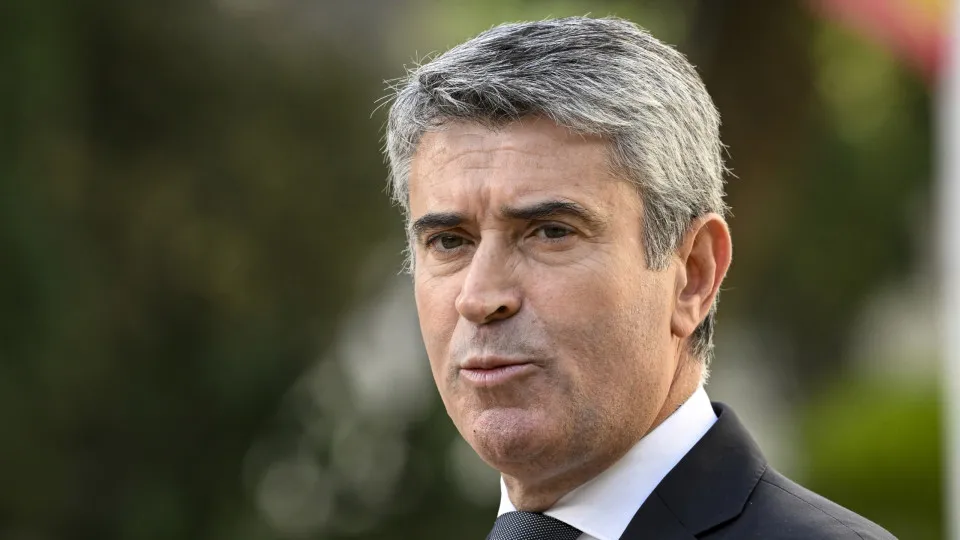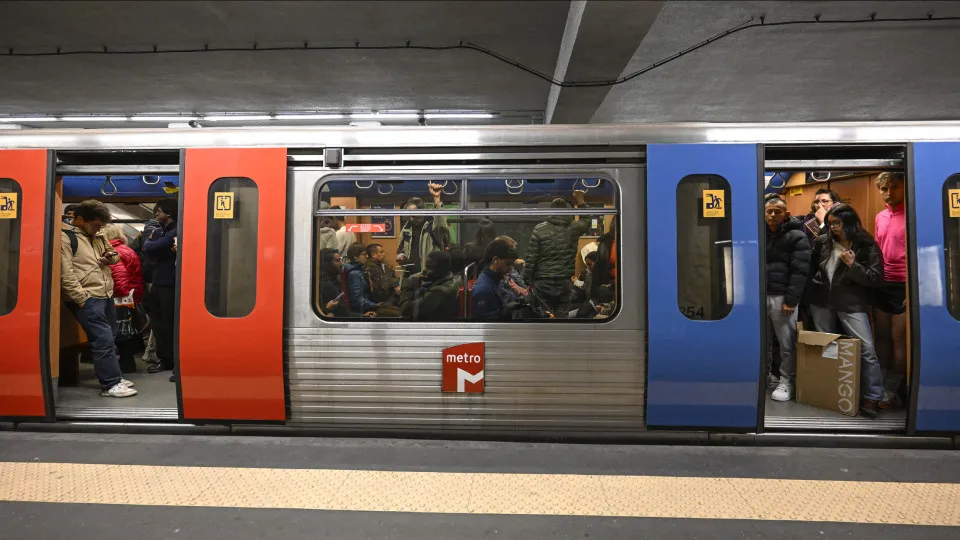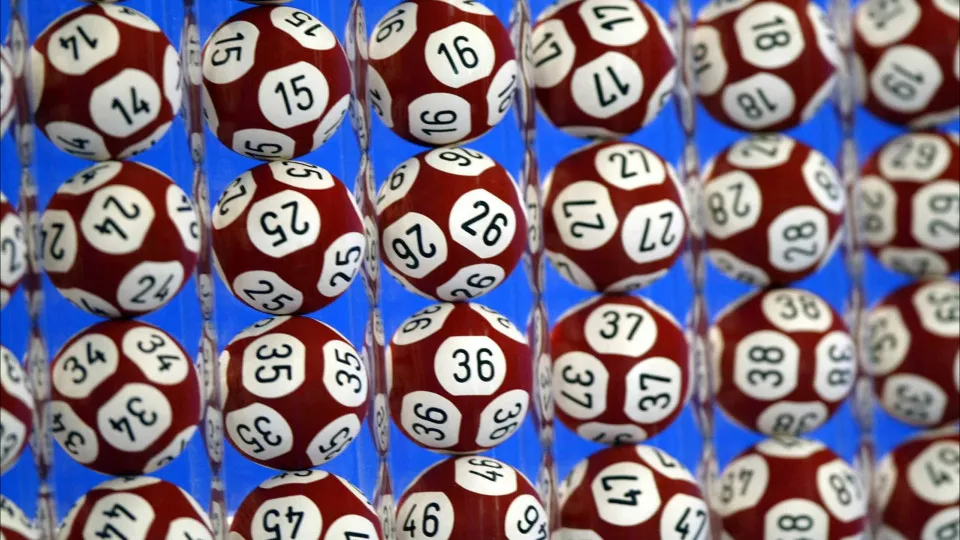
The performance titled “chãocéu| (Micropeça #2″)” makes its debut in Lisbon after being showcased in Leiria, Lagos, and Barcelona since 2024. It is created and performed by artists Vera Mantero, Henrique Furtado Vieira, and João Bento.
This piece originates from “O Susto é um Mundo” (2021), which was left with unexplored materials by choreographer Vera Mantero. She aimed to continue working on these, explained actor Henrique Furtado Vieira.
“In our field, the creation process is often lengthy; the show premieres, runs for a few days, and circulates if all goes well. Vera [Mantero] wanted to extend this exploration, and creating micro-performances was her way to ensure continuity,” Furtado Vieira explained.
In 2023, the choreographer started creating “micro-performances” with these undeveloped materials from “O Mundo é um Susto,” collaborating with some artists from the original project.
The first micro-performance, “Um Pequeno Exercício de Composição,” featured Teresa Silva and Santiago Tricot and focused on a duplicated metallic ring.
In “chãocéu,” the exploration of concepts continues, using texts such as “Excertos de Morte e Democracia” by philosopher José Gil, published by Relógio d’Água (2023).
“This piece has two symbols – the horizontal and vertical line. We are three people on stage, with three identical ladders as main elements, just as they were peripheral elements in the original piece,” described Henrique Furtado Vieira.
In this setting, the performers, unclothed, elevate themselves, defying gravity and the audience’s gaze, as if trying to hold up the falling sky. They portray mythical creatures merging body and object, sound and movement.
Henrique Furtado Vieira remarked that this performance symbolizes, poetically and metaphorically, the link between the ground and the sky, deriving from original images focused on Hindu culture, of people reaching for the feet of gods by climbing ladders.
The piece dismantles the dichotomy of heaven and earth, which the three authors aimed to challenge: “A significant concept for us is the union of opposites. In Vera Mantero’s work, there is an attempt to checkmate opposites, and this piece challenges the idea that gods are in heaven, humans on earth, and spirituality as something unapproachable.”
“In this performance, we emphasize that spirituality is imminent and also on earth, close, within reach,” Furtado Vieira emphasized, adding that the concept is treated poetically and metaphorically, with visual and auditory dimensions featuring images of gods, sports and political figures, and mythological characters like gargoyles and warriors.
The show runs from Wednesday to Sunday, with lighting co-designed by Hugo Coelho and Miguel Cruz, and sound by João Bento. It is produced by the artistic structure O Rumo do Fumo in co-production with Teatro José Lúcio da Silva in Leiria and La Caldera in Barcelona, Spain.
Henrique Furtado Vieira received artistic training in France, specifically at the National Institute of Applied Sciences in Lyon and the Centre de Développement Chorégraphiqueo Extensions in Toulouse, developing his artistic practice primarily through choreographic creation.
João Bento, with a degree in Visual Arts from the School of Arts and Design, has composed sound for performances, dance, experimental films, theater plays, and live acts since 2004, working with analog instruments and sound objects in a multidisciplinary context.
Vera Mantero trained in classical dance with Anna Mascolo and was a part of the Ballet Gulbenkian from 1984 to 1989. She became a central figure in New Portuguese Dance after starting her choreographic career in 1987, having showcased her work throughout Europe, Argentina, Uruguay, Brazil, Chile, Canada, South Korea, the USA, and Singapore.




